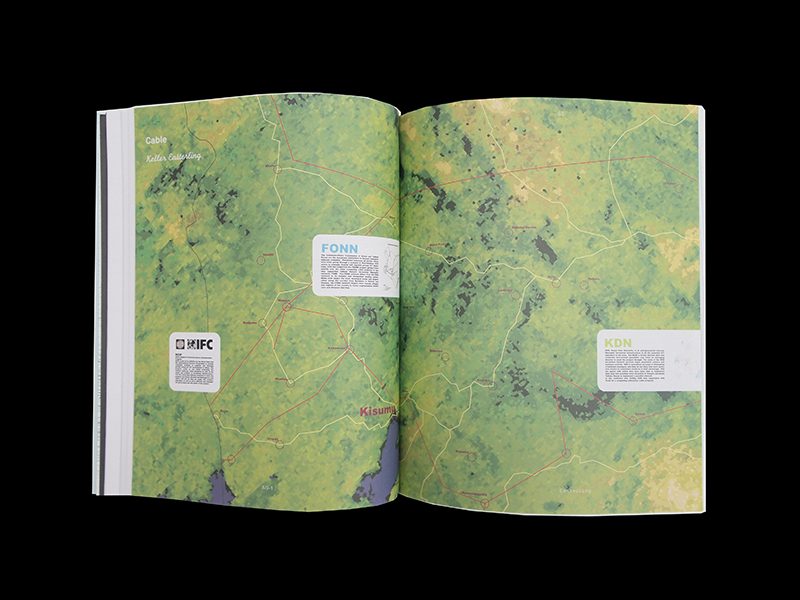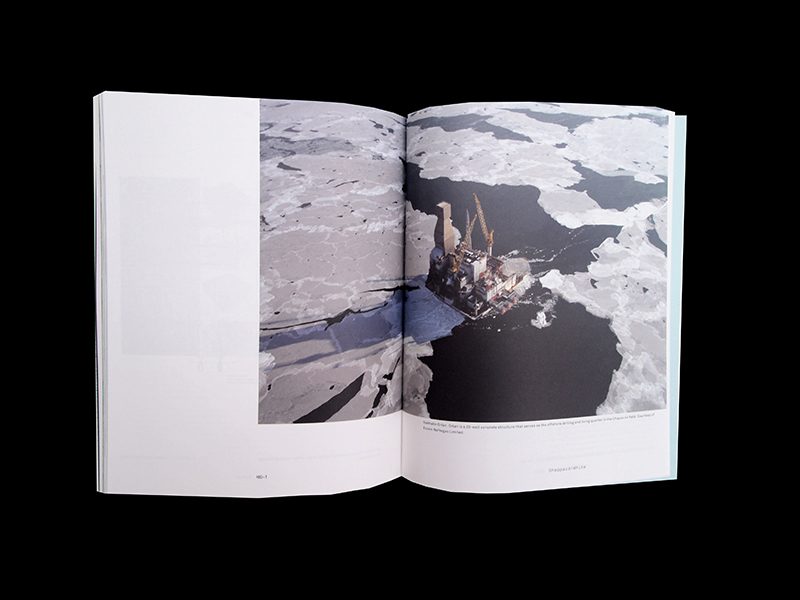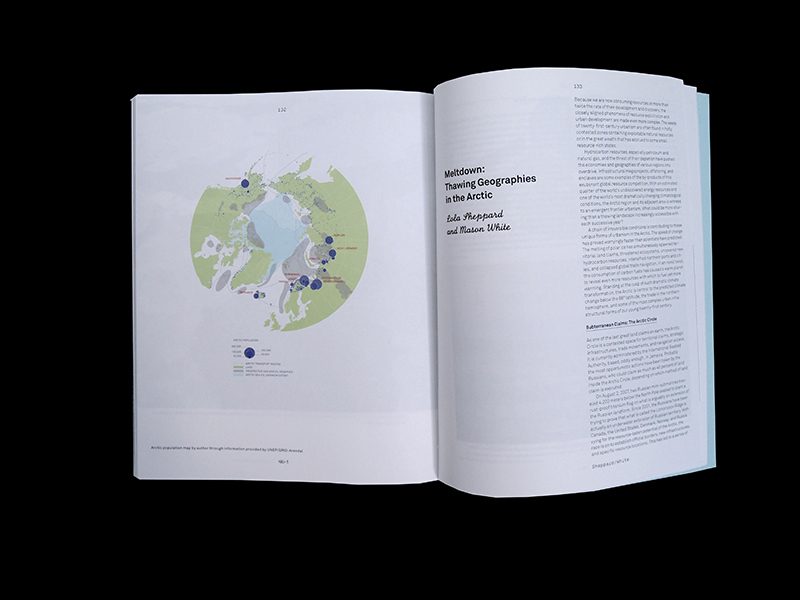Design disciplines are challenged by the condition of the zero point. “Zero-context," “cities from scratch," and “zero-carbon" developments all force designers to address important questions regarding the strategic relevance and impact of a design intervention. As much as the zero point presents naïve innocence and embodies contradictory notions—such as crisis versus abundance or context versus model—it also creates a ground for doubt, self-critique, and rejuvenation for architecture and urbanism. As projects, indeed entire “new" cities, are built before they can even be imagined and then repackaged and replicated as models for any context, what do these projects suggest for the design disciplines? Beyond a focus on the vast scales and ambitions of these projects, it is important to see them as symptomatic of a much broader condition within contemporary architecture and urbanism. Along with the challenges inherent in the zero point, perhaps more meaningful are the provocations of the AFTER following the ZERO condition. The idea of an AFTER ZERO is crucial for us; not only to assert the need to reflect on the future following the zero condition but also in acknowledgment of the release of this volume after our previous Volume No. 0. If the zero condition presents crises of form, context, and social relevance for architecture and urbanism, perhaps one way to deal with this is “to redefine crisis, not as crisis but more simply as symptoms of larger urban trends whose logic is revealed only when judgment is suspended," as Albert Pope writes in the volume. If we assess the current moment of crisis as a zero point, how can we think about the social, political, and formal significance of design after the Meltdown? After an era of reality mapping or iconic formalism, the volume aims to investigate possibilities AFTER crises, AFTER mapping, and AFTER signature architectures. Without relying on totalizing narratives, naïve morality, or escapism, AFTER ZERO is an opportunity to imagine alternative futures and a revitalized project for the city.
Contributors to New Geographies #1 include Pier Vittorio Aureli, Ulrich Beck, Behrang Behin, Francois Blanciak, Thomas J. Campanella, Keller Easterling, Yasser Elsheshtawy, Matthew Gandy, Joseph Grima, Peter Hall, Albert Pope, Lola Sheppard, Erik Swyngedouw, Martino Tattara, and Mason White.

















